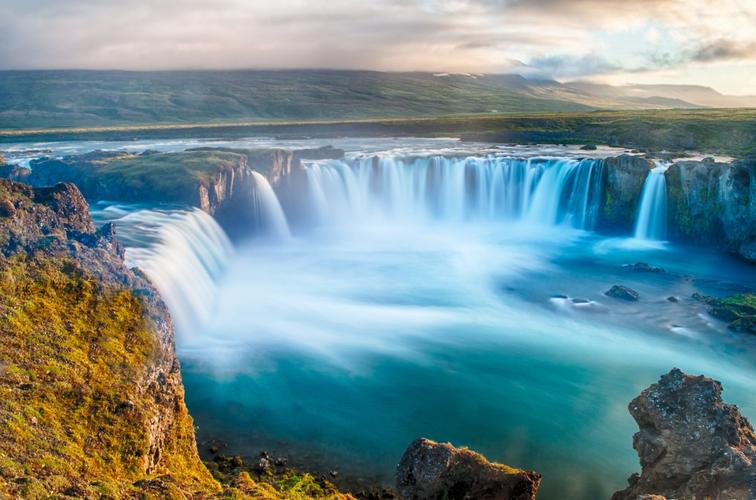Exploring the Rich Ethnical Diversity of Sri Lankan Culture
If you’re planning a trip to Sri Lanka, you’re in for a treat. This teardrop island nestled in the Indian Ocean is known for its pristine beaches, lush forests, and ancient temples. However, what sets Sri Lanka apart is its thriving cultural scene that is a melting pot of diverse ethnic groups.
The Ethnic Groups of Sri Lanka
Sri Lanka has four main ethnic communities – Sinhalese, Tamils, Muslims, and Burghers. The Sinhalese, who make up over 70% of the population, are the largest ethnic group. They are primarily based in the southern and central parts of the island. The Tamils, who account for about 15% of the population, are concentrated in the northern and eastern regions. Muslims have a strong presence in the coastal areas, especially in the east. Burghers, who are of mixed European descent, have a small but vibrant community centered in Colombo and Galle.
Sri Lankan Customs and Traditions
Each ethnic group in Sri Lanka has its unique customs and traditions. In the Sinhalese community, the majority is Buddhist and follows a way of life that revolves around the teachings of the Buddha. Tamils, on the other hand, are predominantly Hindu, and Muslim communities are followers of Islam. The Burgher community, who have a strong European influence, celebrate Christmas and New Year in a grand manner.
One of the defining features of Sri Lanka is the vibrant festivals celebrated by each community. For example, the Esala Perahera festival in Kandy, which takes place in July or August, is a grand procession that showcases the rich cultural heritage of the Sinhalese people. It features hundreds of dancers, drummers, and elaborately decorated elephants. The Tamil community celebrates Deepavali (Festival of Lights), while the Muslims celebrate Ramadan and Eid.
Food Culture in Sri Lanka
Sri Lankan cuisine is a mouth-watering mix of flavors and spices that showcases the diversity of the island. Sinhalese cuisine is known for its liberal use of coconut, while Tamil cuisine is famous for its dosas and sambar. The Muslims of Sri Lanka, who are also known as Moors, are recognized for their biryanis and other spicy curries.
A unique feature of Sri Lankan food culture is the ‘rice and curry’ meal, which is a staple across the island. It consists of a selection of curries, vegetables, and a protein served with rice. You can also find a wide variety of street food delicacies in Sri Lanka, from crispy hoppers to sweet jaggery cakes.
Conclusion
Sri Lanka’s rich cultural heritage is a testament to how diversity can thrive when communities coexist harmoniously. It provides a unique opportunity for visitors to experience the customs, traditions, and cuisines of different ethnic groups in one place. A trip to Sri Lanka is not just a journey to see natural wonders; it is an opportunity to celebrate the rich tapestry of humanity.
(Note: Do you have knowledge or insights to share? Unlock new opportunities and expand your reach by joining our authors team. Click Registration to join us and share your expertise with our readers.)
Speech tips:
Please note that any statements involving politics will not be approved.
